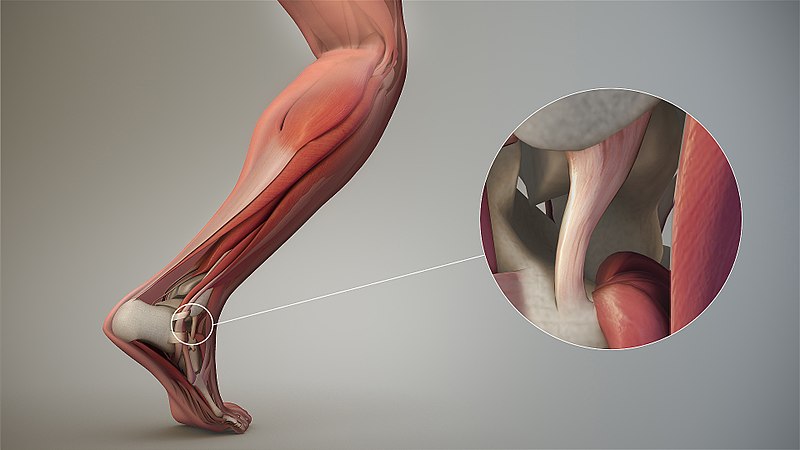A tendon is a tough tissue that attaches muscle to the bone
And if a serious injury occurs or a disease such as hyperparathyroidism or gout rears its ugly head, you can sustain a ruptured tendon or torn tendon. A tendon rupture or tear can be addressed fixed depending on the nature of the ruptured tendon, location, and severity.

What is a Ruptured or Torn Tendon?
A ruptured or torn tendon can be a partial or complete tear in the fibrous tendon tissue.
Some people can still function with a tendon tear, while others require surgery.
Typically, a torn tendon starts with fraying and if treatment isn’t given, it can progress.
What Causes a Ruptured Tendon?
A tendon rupture is common for men who are middle-aged or in their senior years. This is due to the decrease in the blood supply which results in weakness of the aggravated tendon.
Other causes include the following:
• Advanced age.
• Sudden plantarflexion or dorsiflexion of the ankle.
• Twisting or jerking motion.
• Attempting to break a fall with outstretched hands.
• Blood type O.
• Steroid injections such as levofloxacin and ciprofloxacin (especially Achilles rupture).
• Decreased blood supply to the inside of the tendon.
• Sudden activation after atrophy has set in.
• Direct trauma.
• Excessive loads, especially over the head.
• Strenuous physical activity.
What are Ruptured Tendon Symptoms?
Some tendon injuries are dependent upon the muscle area.
• Achilles rupture – An Achilles rupture prevents the ability to support the body when balancing on the balls of the feet.
• Biceps rupture – This type of tendon rupture decreases elbow flexion, as well as the ability to lift the arm out to the side with the hand, is turned upward.
• Rotator cuff rupture – This area is in the shoulder, and the tendon rupture will prevent the arm from being lifted up to the side.
No matter the location, many of the symptoms are the same. Below is a list of symptoms of a tendon rupture.
• You hear or feel a snap.
• Deformity.
• Immediate bruising.
• Inability to bear weight.
• Severe pain.
• Weakness and inability to use the area surrounding the tendon.
What type of Medical Care is needed for Tendon Repair?
Injuries to the tendon require emergency treatment, and often a ruptured tendon needs either open surgery or percutaneous surgery. Take for instance an Achilles rupture.
These two options could be under consideration:
- Open surgery for an Achilles rupture – A surgeon makes an incision in the back of the leg, and stitches the tendon together. For a more serious rupture, a plantar or vestigial muscle is collected and enfolds the Achilles tendon which adds strength to the injured tendon. Reinforcement mesh made from a degradable material could be added if the tendon tissue is not healthy.
- Percutaneous surgery for an Achilles rupture – After the swelling has subsided, a surgeon makes several small incisions to return the tendon to an original state.
If you cannot get immediate medical attention, follow the “RICE” method for tendon repair which calls for rest, ice, compression, and elevation. Nonsteroidal anti-inflammatory medications such as aspirin, ibuprofen, or naproxen can reduce pain and swelling.
Avoid any heavy lifting, especially over the head.



